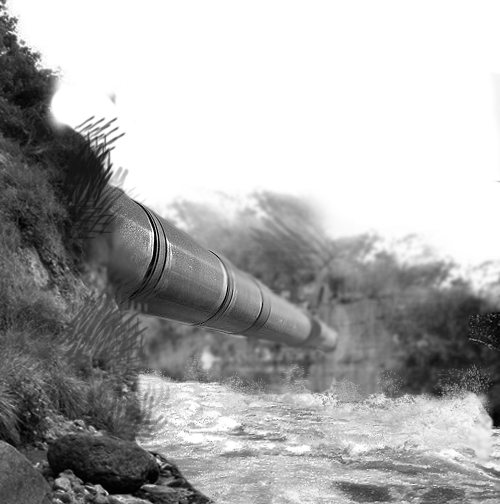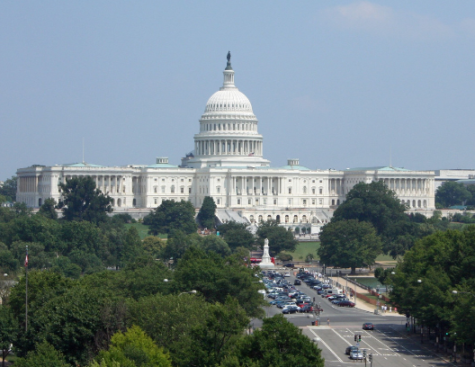The Battle of North Dakota: Sioux vs. Oil Companies

Photo by Jessica Tang
In the Midwest, Native Americans are rallying to protest the construction of an oil pipeline that could endanger or even destroy the Standing Rock Sioux tribe’s homelands. The Dakota Access Pipeline will travel from North Dakota to Illinois, passing by the Mississippi River — and through ancestral Sioux territory. The Sioux tribe and other activists are opposing the construction of the pipeline on the grounds that it is an environmental danger and will have a negative impact on their cultural sites.
The pipeline is projected to transport over 400,000 barrels of oil each day. The developer, Energy Transfer Partners, has most of its permits in order and has already begun preparing for construction. The land they will build across is not an actual part of the Sioux’s reservation, but nonetheless holds cultural significance for the tribe. Junior Siena Wigert offered her opinion on the matter.
“If they are endangering anything with the Native Americans, then they shouldn’t do that because it was their land originally and…we need to respect that and we need to respect the earth, especially if it does harm the environment in any way,” said Wigert.
Lawyers representing the Sioux say that the Army Corps of Engineers used a fast-track approval process that did not give the Sioux enough time to assess potential environmental and cultural damage. They also say that the pipeline violates the National Historic Preservation Act, which is intended to preserve historic and archeological sites across the country (L.A. Times).
Thus, the Sioux and the organizers of this pipeline face this conflict of the lack of communication, in which the organizers are ushering forth the pipeline’s production without conferring with the Native Americans. Freshman Cole Charbonnier added his input towards this dilemma.
“I think it’s not okay that the government can shut off their water. I think that is way beyond acceptable. However, one thing is I do wish they gave them more time—that should have been discussed a bit more to review the effects it could have. I think they need better communication in general, and they need to both be reasonable,” said Charbonnier.
The construction of the pipeline may also put the Sioux’s water supply at risk, and, like other pipelines, is an environmental threat. According to the Center for Biological Diversity, since 1986 pipelines spilled about 76,000 barrels a year; that’s the equivalent of 200 barrels every day. Causes of oil spills include “damage during excavation operations, metal failure, improper operation and corrosion,” and oil spills are notoriously difficult to clean up. The Sioux are calling for, at the very least, a more rigorous environmental review.
Protesters from across the country—many of them from other Native American tribes—have gathered to show support to the Sioux tribe; however, there has been a distinct lack of national media coverage on this issue.
“I’m surprised I haven’t heard of this before. That’s kind of surprising that they wouldn’t broadcast that. I mean, they should,” said Wigert.
Though construction of the pipeline is currently delayed, there will still be another court day to make a full decision whether to end or carry out construction of the pipeline.






